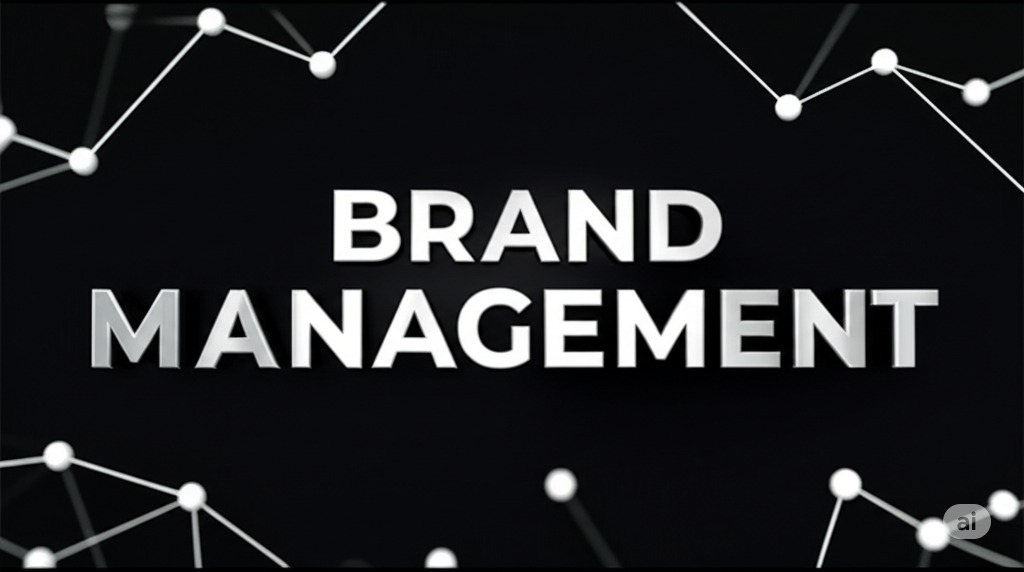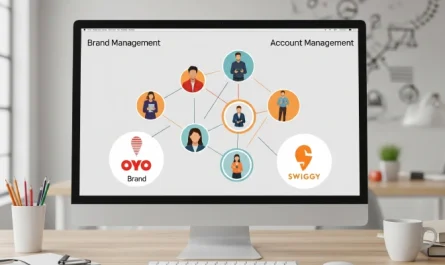In the dynamic world of brand management, the synergy between agencies and production house is pivotal. A harmonious partnership ensures that creative visions are translated into compelling content, meeting client expectations and market demands. However, achieving such seamless collaboration can be challenging. Let’s explore the essential keys to fostering effective partnerships between agencies and production houses.
Why Is This Topic Important?
Effective collaboration between agencies and production houses is crucial for delivering high-quality content that resonates with target audiences. Misalignments can lead to project delays, budget overruns, and subpar deliverables, ultimately affecting brand reputation and client satisfaction. By understanding and implementing best practices for collaboration, both parties can optimize workflows, leverage each other’s strengths, and produce outstanding results.
1. Establish Clear Objectives and Expectations
Before embarking on any project, it’s imperative to define clear goals and expectations. This alignment ensures that both the agency and the production house are working towards a common vision.
- Define Project Goals: Clearly outline the purpose, target audience, and desired outcomes of the project.
- Set Key Performance Indicators (KPIs): Establish measurable metrics to evaluate the project’s success.
- Agree on Timelines and Budgets: Mutually decide on realistic deadlines and budget allocations to prevent future disputes.
According to Many Requests, defining clear goals and expectations is the first step towards a successful agency partnership.
2. Foster Open and Transparent Communication
Communication is the backbone of any successful collaboration. Regular and honest dialogue helps in preemptively addressing potential issues and ensures that both parties are aligned throughout the project lifecycle.
- Regular Check-ins: Schedule consistent meetings to discuss progress, challenges, and next steps.
- Utilize Collaboration Tools: Implement project management and communication tools to streamline information sharing.
- Encourage Feedback: Create an environment where constructive feedback is welcomed and acted upon promptly.
Thrillride emphasizes that open lines of communication are essential for seamless dialogue between agencies and production companies. citeturn0search3
3. Clearly Define Roles and Responsibilities
Ambiguity in roles can lead to tasks falling through the cracks or unnecessary overlaps. Clearly delineating responsibilities ensures accountability and efficiency.
- Draft a Collaboration Agreement: Document each party’s roles, deliverables, and areas of responsibility.
- Identify Key Stakeholders: Determine who the decision-makers are and establish approval hierarchies.
- Set Communication Protocols: Define how and when communication should occur, including reporting structures.
As highlighted by Many Requests, establishing a clear division of roles and responsibilities is crucial for a successful partnership.
4. Leverage Each Other’s Strengths
Both agencies and production houses bring unique expertise to the table. Recognizing and utilizing these strengths can enhance the quality and creativity of the final product.
- Collaborative Ideation: Engage in joint brainstorming sessions to combine creative concepts with production feasibility.
- Share Industry Insights: Exchange knowledge about market trends, audience preferences, and technological advancements.
- Mutual Respect: Acknowledge and appreciate each other’s contributions and expertise.
New Pace Productions notes that a strong partnership is built on trust and mutual respect, leveraging each other’s talents effectively.
5. Implement Efficient Workflow Processes
Streamlined workflows prevent bottlenecks and ensure that projects progress smoothly from conception to completion.
- Standardize Briefing Processes: Develop templates and guidelines for project briefs to ensure consistency and completeness.
- Utilize Project Management Tools: Adopt platforms that facilitate task assignments, deadline tracking, and resource allocation.
- Monitor Progress: Regularly review project milestones and adjust plans as necessary to stay on track.
Focal Inc. emphasizes the importance of leveraging the right tools for better creative agency collaboration. citeturn0search21
6. Address Challenges Proactively
No collaboration is without its challenges. Anticipating potential issues and having strategies in place to address them can prevent minor setbacks from escalating.
- Risk Assessment: Identify possible risks at the project’s outset and develop mitigation plans.
- Conflict Resolution Mechanisms: Establish procedures for resolving disagreements amicably and efficiently.
- Flexibility: Be willing to adapt to unforeseen changes or challenges that may arise during the project.
Retainer highlights the importance of flexibility and trust-building in agency collaborations.
Conclusion
Seamless collaboration between agencies and production houses is not incidental; it requires deliberate effort, clear communication, and mutual respect. By establishing clear objectives, fostering open dialogue, defining roles, leveraging strengths, implementing efficient workflows, and proactively addressing challenges, agencies and production houses can create a partnership that not only meets but exceeds client expectations.





